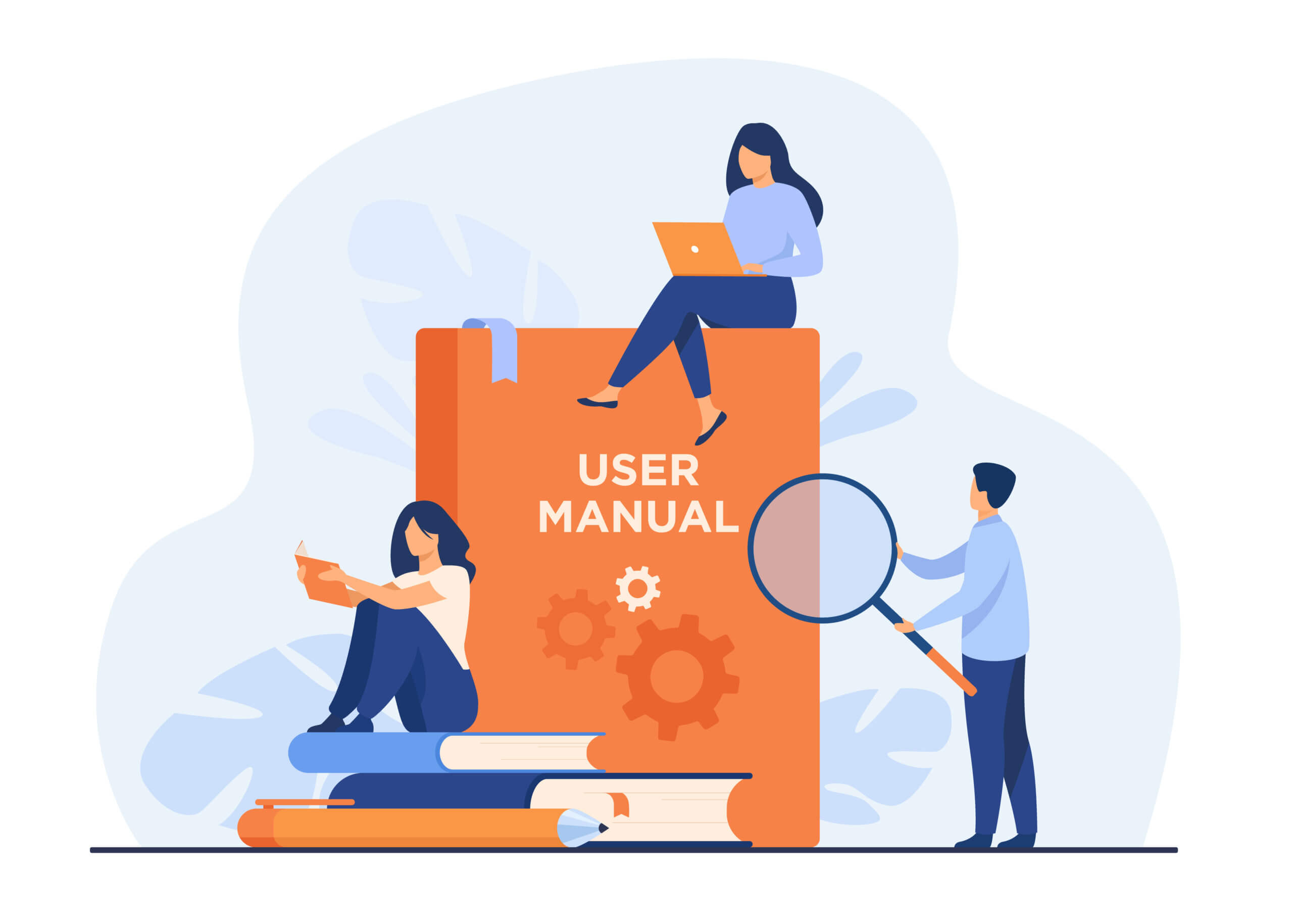How do you create your training manual? We have all used training manuals. Some to our dismay and some we wish to keep and refer back to. What makes a good training manual is the relevant information that is supplied and how it is presented. The Technical Writers/Communicators will be the individuals assigned to create this reference as they are the knowledge holders or subject experts. To begin:
Determine Your Audience
What do they need to know? What tasks are relevant to them? Some learners do not need to know every detail of a product. What are the main objectives of the manual and the training? For example, if it’s for:
- Marketing or sales, – explain how the product works if it is new or how it now works if it has been revamped. Emphasize the selling points, ease of use, cost, quality, etc.
- Customer service personnel – provide more detail in its functionality and relate prior issues and what questions to ask and whom to contact.
- Developers – provide more technical detail and specialized units or modules.
- Users of technical programs – focus on functionality and exercises.
Those are just a few of the many different types of training manuals that are written.
Determine The Design
How the manual is designed will be determined by what you are training the audience for. In deciding on the look of the manual, tables and visuals are always suggested as they present a clearer picture of the product and what it does. Tables also present a clean definition for each relevant item. It is also suggested to use two column formatting only in special cases to break up a flow for interest. Following the above examples, if it’s for:
- Marketing or sales – use images followed by descriptions and apply bullets for ease of readability.
- Customer service personnel – provide images followed by additional detail in table formats to explain functionality and issues and resolutions.
- Developers – provide plenty of images, flowcharts, and tables for data locations and settings.
- Users of technical programs – include screenshots with pointers and tables for steps, explanations, and definitions.
Customizing the look and feel of a training manual will make it easier for the learner to follow.
Determine The Content
Content centers on the target audience. For example: if it’s for
- Marketing or sales – include sections compiled of background and purpose, how it was designed, the demonstration process, a complete view of the product with pointers indicating relevant parts of the item, a reference sheet (quick guide), etc.
- Customer service personnel – include sections compiled of functionality, descriptions, definitions, appendix, previous problems and solutions, reference sheets, etc.
- Developers – include sections compiled of objective, requirements, specifications, data, functionality, programs, software, diagrams of how it should look, mappings, etc.
- Users of technical programs – include sections compiled of the business process, ‘How to…’ perform a task, relevant images (figures, tables, screenshots), exercises, glossary, etc.
Ensuring the content is written well and pertinent to learners will instill within them confidence to perform a good job.
Add in suggestions from a previous post, ‘Tips To Get Your Document Read’ to produce an instructive and useful training manual.
Please leave a comment if you have other tips when creating a training manual.
 Sections of this topic
Sections of this topic
















